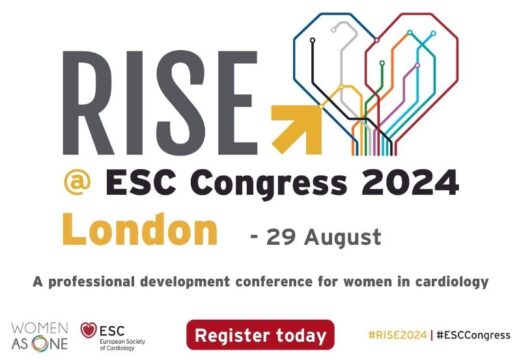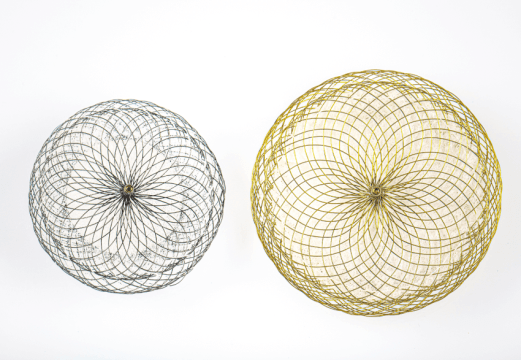Original title: Strategies for Multivessel Revascularization in Patients with Diabetes. The FREEDOM Trial. Reference: Michael E. Farkouh et al. N Engl J Med 2012. DOI: 10.1056/NEJMoa1211585
This study was designed to determine the best revascularization strategy in diabetic patients with multivessel using current techniques of angioplasty (PCI) and surgery (CABG). Randomized 1:1 diabetic patients with injuries > 70% in two or more major epicardial vessels but excluding injury of left coronary trunk with a minimum follow-up of 2 years.
Sirolimus-eluting stents or paclitaxel (interventionist selection) were used, use of abciximab and dual antiplatelet therapy was recommended for at least 1 year. For patients who received CABG arterial revascularization was also recommended. Medical treatment was completed with an LDL goal of
The primary end point was a composite of death from any cause, myocardial infarction and stroke. The major cardiovascular and cerebrovascular events at 30 days and 1 year, (added to previous revascularization), were the most important secondary end points.
Between April 2005 and 2010, 1,900 patients were randomized from the 3,309 eligible. The mean age was 63.1 ± 9.1, 83% had three-vessel disease and the average Syntax score was 26.2 ± 8.6.
Sirolimus eluting stents were used in 51% and paclitaxel eluting stents in 43% of PCI branch. We used other drug-eluting stents for the other 6%. The mean follow-up was 3.8 years. The primary end point occurred in 26.6% of the PCI group versus 18.7% in the CABG group with an absolute difference in favor of CABG of 7.9 points, (p = 0.005), at 5 years. The curves began to separate at 2 years follow-up.
Considering the components of the primary end point separately to five years, death from any cause was higher with PCI, (16.3% versus 10.9% p = 0.049), as well as myocardial infarction (13.9% versus 6 % p <0.001), the stroke, however, was higher with CABG, (5.2% versus 2.4% p = 0.03). Excess stroke with CABG occurred within 30 days of randomization. The major cardiovascular and cerebrovascular events, (secondary end point), at one year were higher with PCI, (16.8% versus 11.8% p = 0.004). This difference arose primarily from the increased repeat revascularization in the PCI group, (12.6% versus 4.8%, p <0.001).
The absolute difference in favor of CABG versus PCI in the primary end point was similar in the three subgroups of Syntax score. The result to five years comparing patients separately who received paclitaxel or sirolimus eluting stents versus CABG was identical.
Conclusion
CABG is superior to PCI with drug-eluting stents to treat diabetic patients with multivessel disease.
Editorial Comment:
Substudies of diabetic patients of SYNTAX, ARTS or CARDia showed the difference between PCI and CABG but was mainly based on recurrence of revascularization, (the softest of all components). However, FREEDOM showed significant differences in death or myocardial infarction separately, even though the study had not statistical power to show it. We must await the development of new technologies that allow us to face percutaneous treatment of diabetic patients more effectively and above all, more securely. Perhaps functional revascularization with FFR and not the anatomical can reduce events in favor of angioplasty in diabetic patients, but there is no study available, even in randomization period, that can answer this question. The FREEDOM showed us probably the last Achilles heel of angioplasty
SOLACI.ORG





